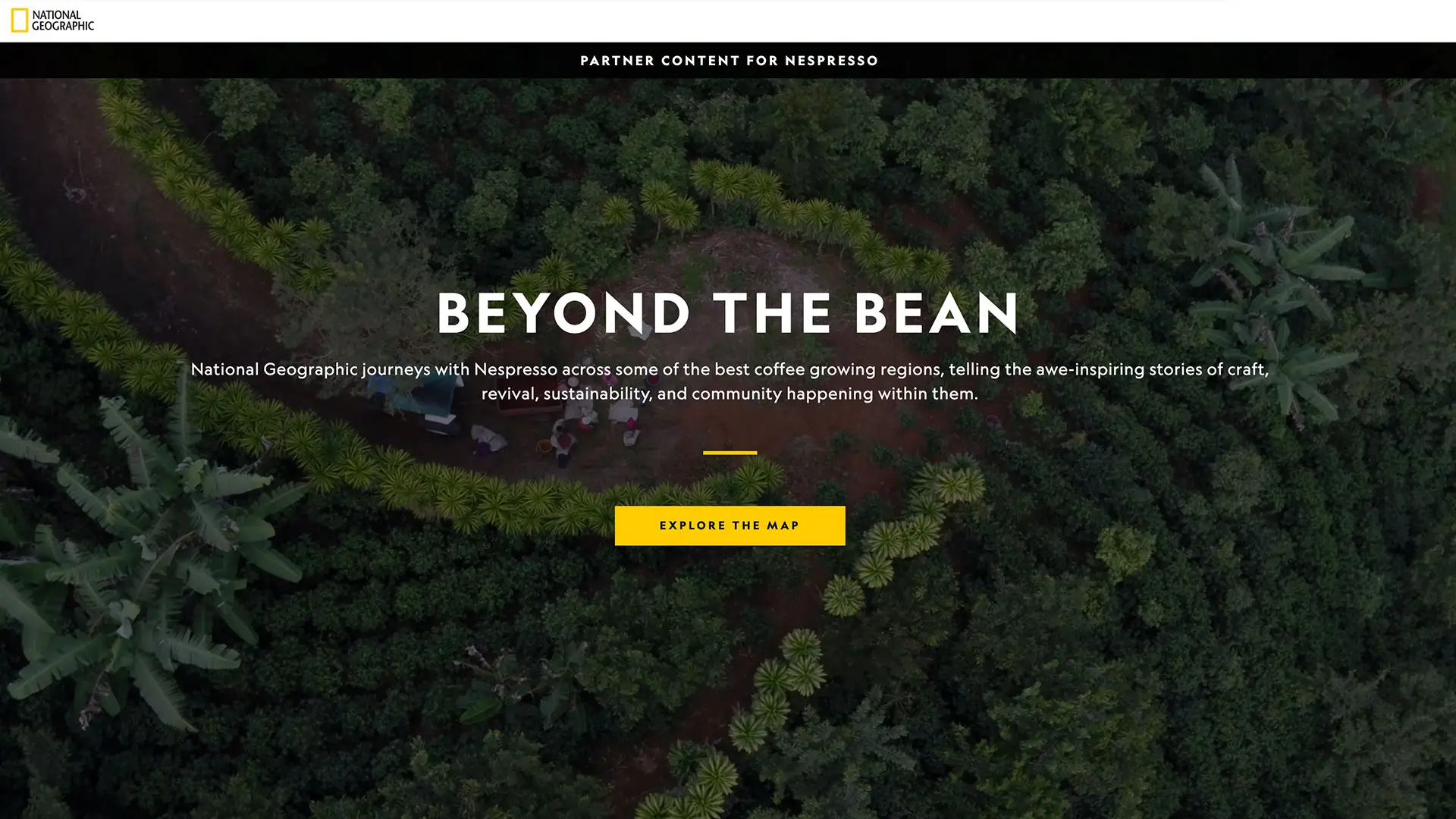
Augmented Reality for sustainability and transparency
Utilizing AR to share your brand’s commitment to sustainability.
There is a growing awareness amongst all generations about the impact their choices have on the environment. One survey revealed 81% of respondents felt strongly that companies should be helping to create a better future, for which sustainability and transparency are key.
Consumers are increasingly demanding to know the impact of their purchase on the environment, how the company treats its employees, right through to whether the organisation is adhering to its tax obligations.
As Forbes reports:
“Trust, sustainability, authenticity and transparency are now the values embedded in the social contract between consumers and retailers. This new ethic requires fundamental changes in how retailers and consumer packaged goods brands build affinity and maintain or gain market share.”
To respond to this, organisations need to make it easy for customers to find the reassurance they are looking for.
One solution to this is using Augmented Reality (AR) for sustainability and transparency. A report found that AR experiences attract 45% higher levels of attention than more traditional media methods. By adding a digital layer to your product or service, the customer can instantly explore the data that is important to them.
Here, we take a look at three main areas in which we see AR adding real value - transparency, corporate social responsibility and waste minimization.
Transparency
In the marketing world, it’s very easy to get lost in a sea of information - and misinformation. With a limited amount of time and space to sell a product, it’s quite difficult to get across multiple messages.
Customers want to know what the ingredients are, where they have come from and that they’re responsibly sourced. All this whilst understanding what the product is and does as well as seeing the standards or regulatory assurances.
Particularly for smaller brands that don’t yet have an established presence, not to mention budget, being able to run specific marketing campaigns that communicate so much information can be challenging.
But adding a layer of AR using a scannable code makes all of this information accessible at the point of sale. Information that was previously buried deep in a website can be presented on a smartphone in a clear, convenient and interactive way.
Corporate Social Responsibility

This interactive way of communicating is also useful for bringing sustainability stories to life. These stories often get lost in a press release or a social media post, but adding rich content into the AR layer instantly links the consumer with the action.
The beauty of AR is the ability to add strong, uplifting and emotive sounds and visuals to trigger connections between the brand and the audience. It allows them to explore the content at their own pace through a participatory, immersive experience.
One brand that does this brilliantly is the banana producer and distributor, Chiquita. In one campaign, a partnership with Shazam scanning a simple code on their well-known blue sticker took the customer on a journey starting at a banana farm in Latin America right through to their kitchen. It was an effective way of demonstrating their commitment to sustainable farming and neatly showed their support for the communities in which they work.
Another household name that created a very effective campaign using AR was Nespresso. In their partnership with National Geographic, they took the customer ‘Beyond the Bean’ to explore exactly where their coffee comes from. It showed that their sustainability efforts go far beyond paying farmers a fair price for the coffee, they were able to demonstrate how they are helping to rebuild farming communities in areas of Zimbabwe and Colombia that have been destroyed by conflict.
Both of these examples show the power of connecting the customer to the brand through a virtual experience, giving a voice to parts of the supply chain that are often overlooked.

Waste minimization
With the increased focus on waste management, AR provides an opportunity not just to showcase how your business is contributing to reducing waste, but also to encourage behavior change in consumers.
Most brands are shifting towards reducing the amount of material they are using and ensuring that materials are recyclable where possible. If your brand is doing it well, the story could easily be told through AR.
But in many regions, recycling at home is still a bit of a minefield. Recycling processes and procedures vary widely, depending on the facilities and infrastructure. This is where AR could help.
Adding simple advice on which materials in a product are recyclable or ideas on how to reuse and repurpose the materials could help to minimize the amount of waste ending up in landfill.
Not only does it educate the customer in the process, but your brand will also be recognized as taking responsibility for tackling the huge, global waste problem.
Conclusion
Using Augmented Reality to provide access to key information that consumers are seeking is a great way of communicating your commitments. As well as demonstrating that your brand is eco-friendly, it creates a bond of trust.
Sharing stories about your supply chain or encouraging more sustainable behavior whilst being transparent about your internal operations means that consumers become invested in the brand and are more likely to return.
